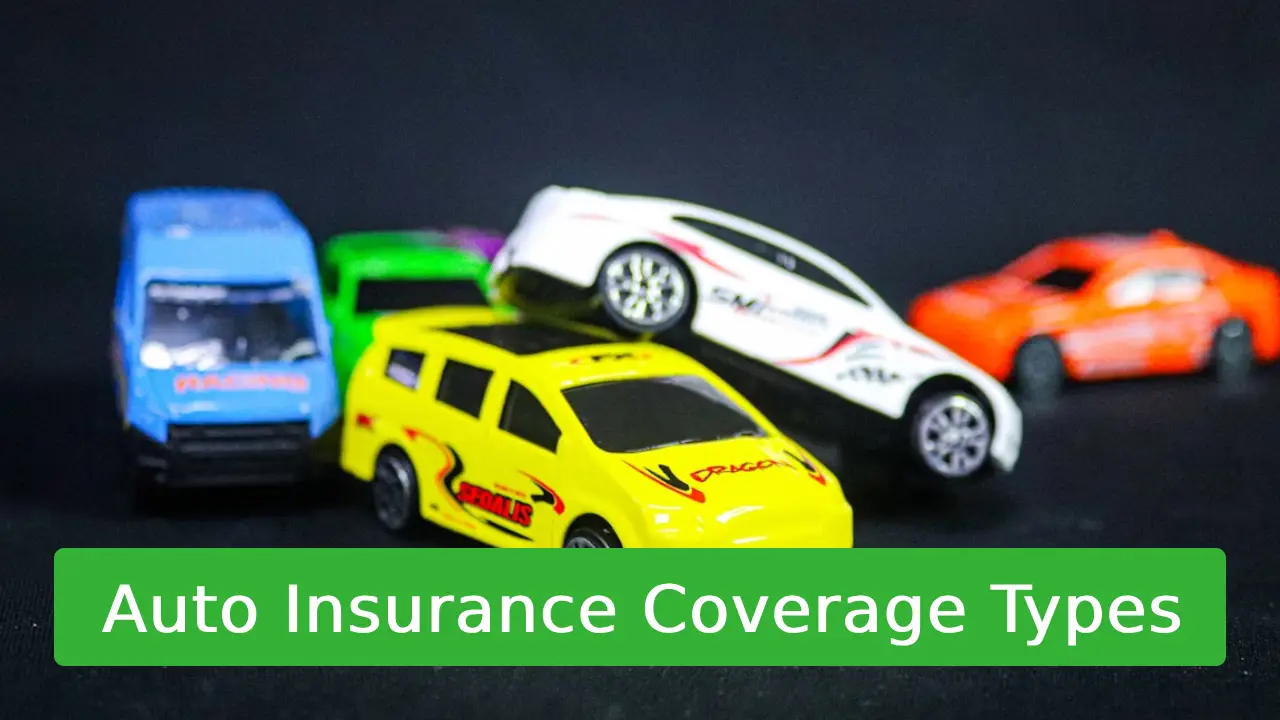Auto insurance coverage types form the backbone of financial protection for every driver. Whether you’re a new car owner or a seasoned commuter, understanding these coverages isn’t just smart—it’s legally required in most states. Without the right policy, a single accident could devastate your finances. This guide breaks down complex jargon into actionable insights, helping you navigate liability limits, collision deductibles, and hidden discounts while staying compliant with state laws.
Why Auto Insurance is Non-Negotiable
Auto insurance shields you from crippling expenses after accidents, theft, or natural disasters. Every U.S. state (except New Hampshire and Virginia*) mandates minimum liability coverage. Driving uninsured risks fines, license suspension, and even lawsuits. Beyond legality, insurance offers peace of mind—transforming potential financial disasters into manageable incidents.
*Virginia allows uninsured drivers via a $500 fee but still strongly recommends coverage.
The 7 Essential Auto Insurance Coverage Types Demystified
Let’s dissect the core coverages keeping drivers protected:
- Liability Insurance (State-Mandated)
- Bodily Injury (BI): Covers medical bills for others if you cause an accident. Example: $50,000 per person / $100,000 per accident.
- Property Damage (PD): Repairs others’ vehicles or structures (e.g., fences, buildings).
Why it’s critical: Without BI/PD, you’d pay victim costs out-of-pocket. III.org reports 13% of U.S. drivers lack liability coverage—don’t be one.
- Collision Coverage
Pays to repair your car after accidents—regardless of fault. Includes collisions with objects (e.g., guardrails).
Tip: Pair with a $500-$1,000 deductible to balance premiums and repair costs. - Comprehensive Coverage
Covers non-collision damage: theft, vandalism, fire, floods, or animal strikes. A deer collision? Comprehensive handles it.
Key fact: Leased or financed cars usually require both collision and comprehensive. - Uninsured/Underinsured Motorist (UM/UIM)
Protects you if hit by a driver with no insurance or insufficient coverage. Critical in high-uninsured states like Florida (26.7% uninsured drivers). - Personal Injury Protection (PIP)
“No-fault” coverage for your medical bills and lost wages, regardless of accident blame. Required in 12 states including New York and Michigan. - Medical Payments (MedPay)
Similar to PIP but narrower—covers medical expenses only. Ideal for supplementing health insurance. - Gap Insurance
For leased/new cars: Covers the “gap” between your car’s depreciated value and loan balance if totaled.
Factors Skyrocketing Your Premiums (and How to Fight Back)
Your rates hinge on:
- Location: Urban areas (higher theft/accident rates) = costlier premiums.
- Driving Record: Speeding tickets? Expect 20-30% hikes.
- Age: Teens pay up to 200% more; rates drop at 25.
- Credit Score: Poor credit can double costs in some states.
- Vehicle Type: Sports cars cost more to insure than minivans.
💰 5 Proven Ways to Slash Premiums
- Bundle Policies: Combine auto + home insurance for 15-25% off.
- Safe Driver Discounts: Complete defensive driving courses for 5-15% savings.
- Raise Your Deductible: Boost collision deductible to $1,000 for lower monthly payments.
- Usage-Based Programs: Try Allstate’s Drivewise or Progressive’s Snapshot—safe habits earn discounts.
- Pay Annually: Avoid monthly service fees; save ~5%.
State Minimums: What’s Legally Required?
State laws vary wildly:
- Florida: $10k PIP + $10k PD
- California: $15k BI / $30k per accident + $5k PD
- Alaska: $50k BI / $100k per accident + $25k PD
Check your state’s minimums via Insurance Information Institute.
Warning: Minimums often fall short. A severe accident could exceed $100k in medical bills—underscoring why higher UM/UIM limits are wise.
Choosing Your Coverage: A 3-Step Checklist
- Audit Your Assets: Own a home? High liability limits (100/300/100) shield your property from lawsuits.
- Evaluate Vehicle Value: Older cars may not need collision/comprehensive (if repair costs exceed value).
- Consider Health Coverage: Robust health insurance? MedPay/PIP become less critical.
Real Impact: When Coverage Saves the Day
- Scenario 1: You skid on ice, totaling your $25k car. Collision coverage pays repairs minus deductible.
- Scenario 2: A driver without insurance T-bones you. UM coverage handles your hospital bills.
- Scenario 3: Hail dents your hood. Comprehensive coverage pays for replacements.
Conclusion: Build Your Safety Net
Understanding auto insurance coverage types transforms you from an overwhelmed buyer into an empowered protector of your finances. Start by exceeding state minimums, then layer coverages like UM and comprehensive based on risk. Combine this with proactive discounts—bundling, safe driving, and annual payments—to build robust protection without breaking the bank.
Ready to optimize your policy? Compare quotes every 6 months; small tweaks can save hundreds. For deeper dives, explore our guide to navigating car insurance claims.
